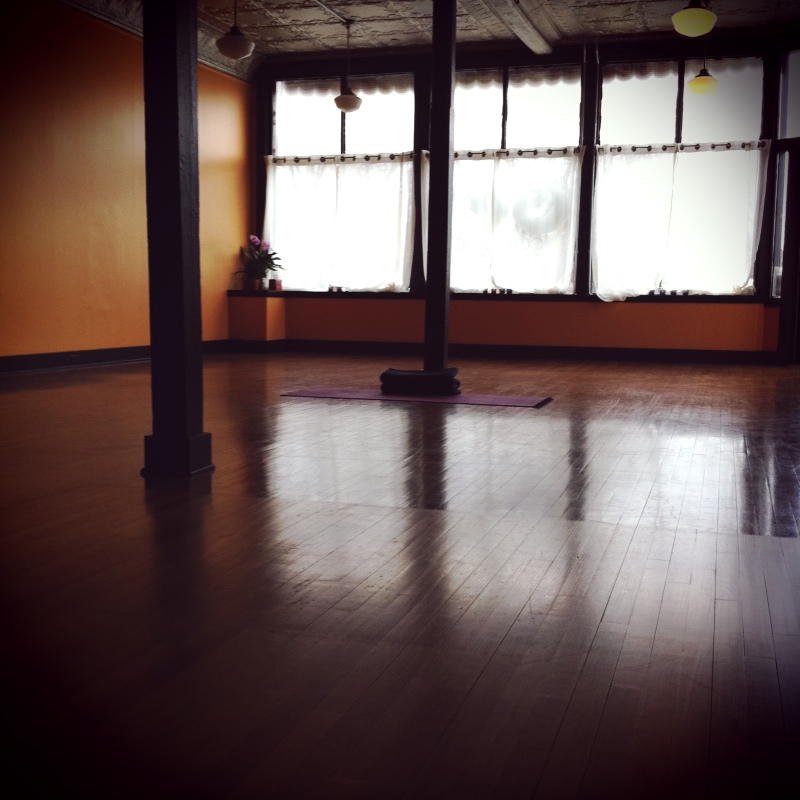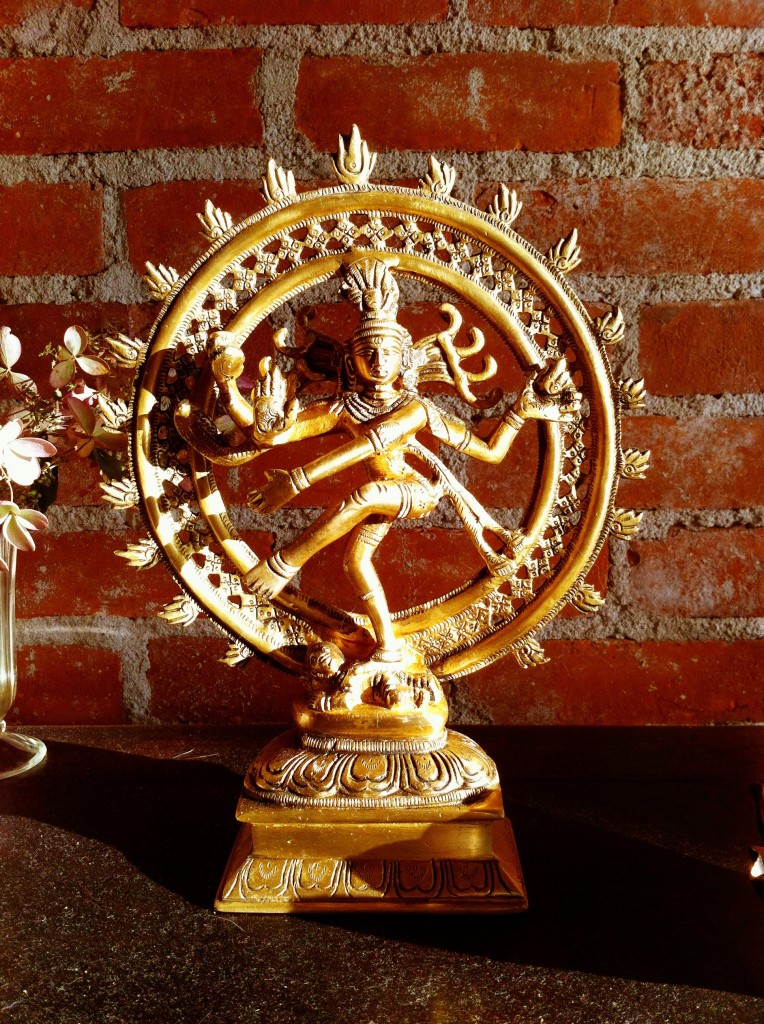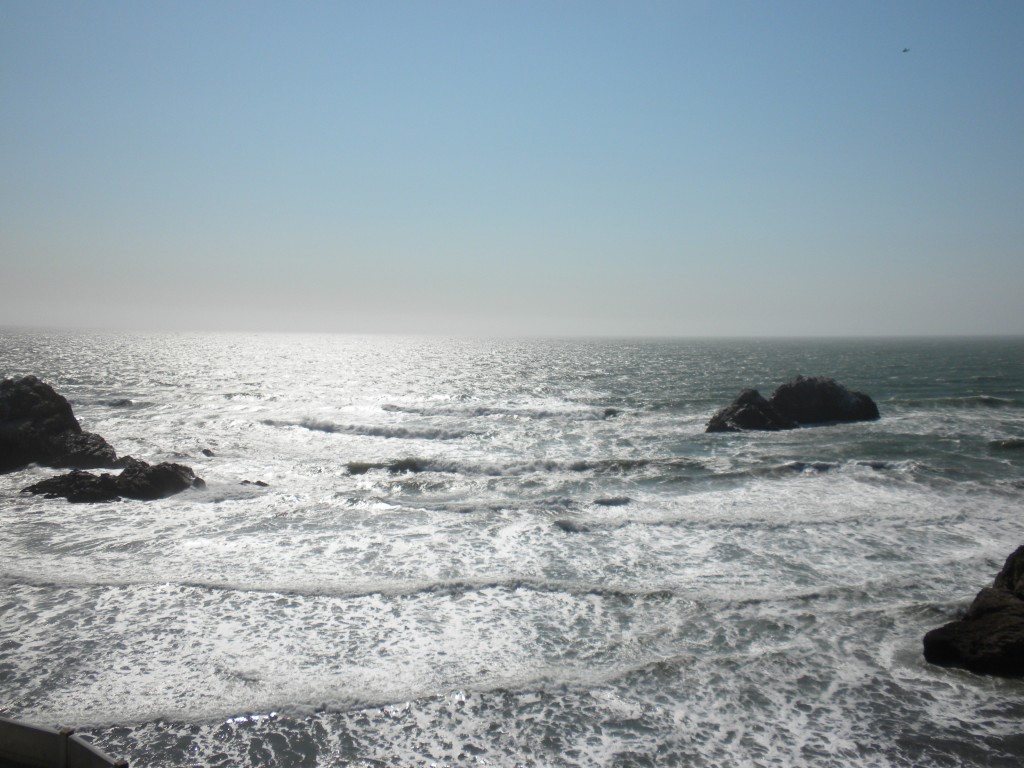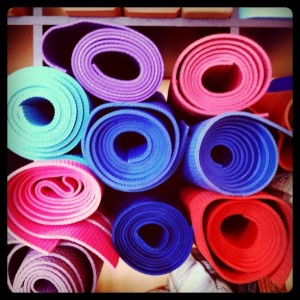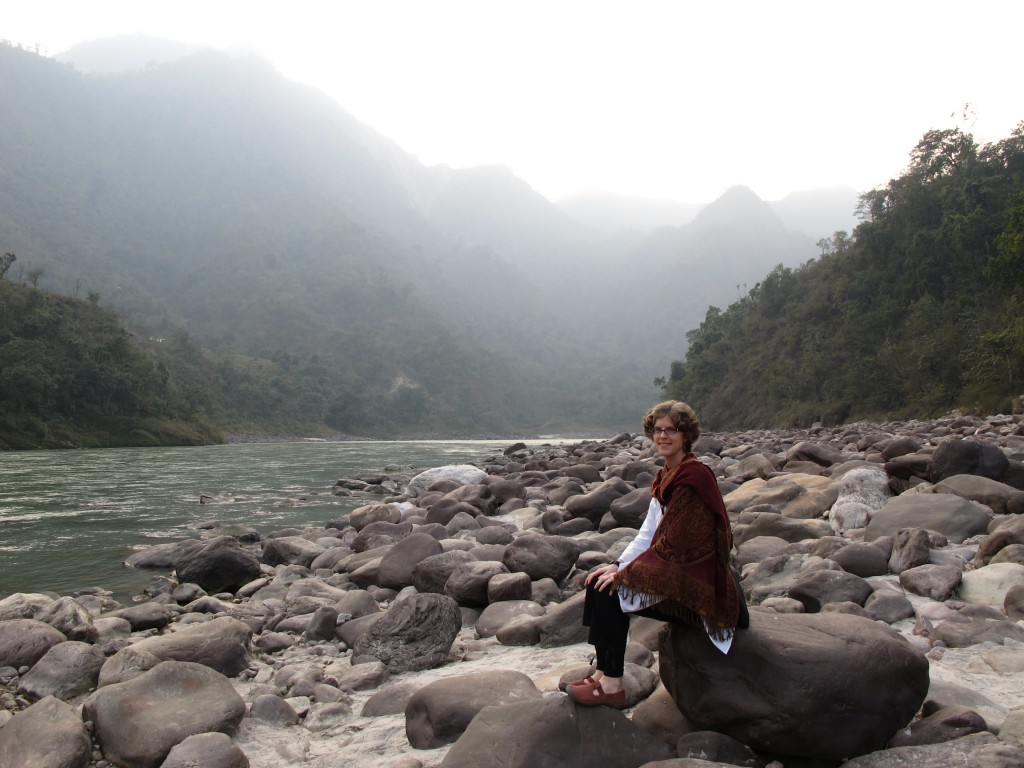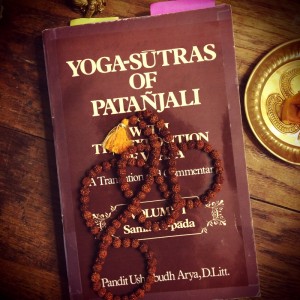 Typically, I don’t watch much television. But like many people, I find the Olympic Games irresistible. The speed of well-trained minds, the physical grace of strong, practiced bodies, the nearly palpable power of concentration… unathletic me finds it awe inspiring. So I made a trip to Radio Shack, untangled a mess of cords, and plugged and unplugged connectors from boxes until London appeared on the screen. Then Fleur the Cat and I settled in.
Typically, I don’t watch much television. But like many people, I find the Olympic Games irresistible. The speed of well-trained minds, the physical grace of strong, practiced bodies, the nearly palpable power of concentration… unathletic me finds it awe inspiring. So I made a trip to Radio Shack, untangled a mess of cords, and plugged and unplugged connectors from boxes until London appeared on the screen. Then Fleur the Cat and I settled in.
Of course, along with the freestyle relays, the beach volleyball matches, the road races, and the skeet shooting come the commercials. I don’t hate commercials; in fact, I admire good ones (and, I must also admit, all too often cry at sappy ones), since part of what I do for a living is write advertising and branding copy. So when I watch, I pay attention. And one commercial running during this summer’s broadcasts kept my attention.
Nike’s “Find Your Greatness” is beautifully filmed, but it was the message that made me search the Internet when the one-minute spot ended. In a nutshell, the gist is this: Somehow, for some reason, we think that greatness is reserved for the gifted, talented, rare few. But greatness doesn’t lie in wait for special people. Greatness is wherever someone is trying to find it.
Greatness is in the trying. It is in the practice. It is in the seeking. This set me to thinking… in my life, trying for what? Practicing for what? Seeking what? And the first answer that popped into my head was this: the experience of wholeness.
It seems so easy for so many of us to see ourselves and to feel ourselves as lacking, as insufficient, as not quite able, or in some way or another as less than. Yoga philosophy promises that at our core, we are always already whole, lacking nothing. But in reality, we just don’t always (if ever) feel it or we just don’t (or won’t) believe it. Nevertheless, yoga science, through things like the eight limbs of Patanjali’s Yoga Sutras, provides “maps” for those of us willing to put doubt aside and take the chance that yogis across the centuries might just have been right.
Such yogis embraced sadhana to find their greatness. The Sanskrit term sadhana is often used to mean self-effort and the discipline necessary for sticking to a program of spiritual advancement. It is from the verb-root sadh, which means to go straight to the goal, just as Olympic athletes, gathered to compete in the games, go straight for the goal.
The master teacher of a number of my own teachers said this about sadhana:
The process in which the aspirant unfolds, develops, and enlightens himself [sic] is called sadhana. Sadhana is the practice which has the power to carry the seeker (sadhaka) to his objective. The object is to realize the truth of life. We have to bring about our maximum development and arouse and express the power lying dormant within us. It is possible through sadhana alone…. Our goal is to attain absolute peace, an unalloyed happiness or perennial bliss; and this is possible only when we use all circumstances in life, whether good or bad, happy or painful, to promote our sadhana. All circumstances in life cannot be made to suit us, but continuous sadhana makes us feel that the condition which is hostile to us at present, is in fact an opportunity for advancement on the path (Swami Rama, Book of Wisdom: Ishopanishad).
The experience of wholeness (of absolute peace and unalloyed happiness) is possible, so say those great sadhakas who have, through practice, seeking, and trying, found their greatness. And what heartens me is that all aspects of a complex, modern life—the joys and losses, the gifts and griefs—play an integral part.
Feeling whole is not reserved for those with the luxury of taking daily hatha classes or going on three-month-long retreats in sacred places. It is not the privilege of ancient ascetics who sought the silence of meditation caves high in imposing mountains. It is for all of us. My own experience of that wholeness lies in my choosing to live my life, with all it brings me, in a certain way, a way inspired by the wisdom of yoga, a way that is everyday seeking, step by step, and everyday greatness.


